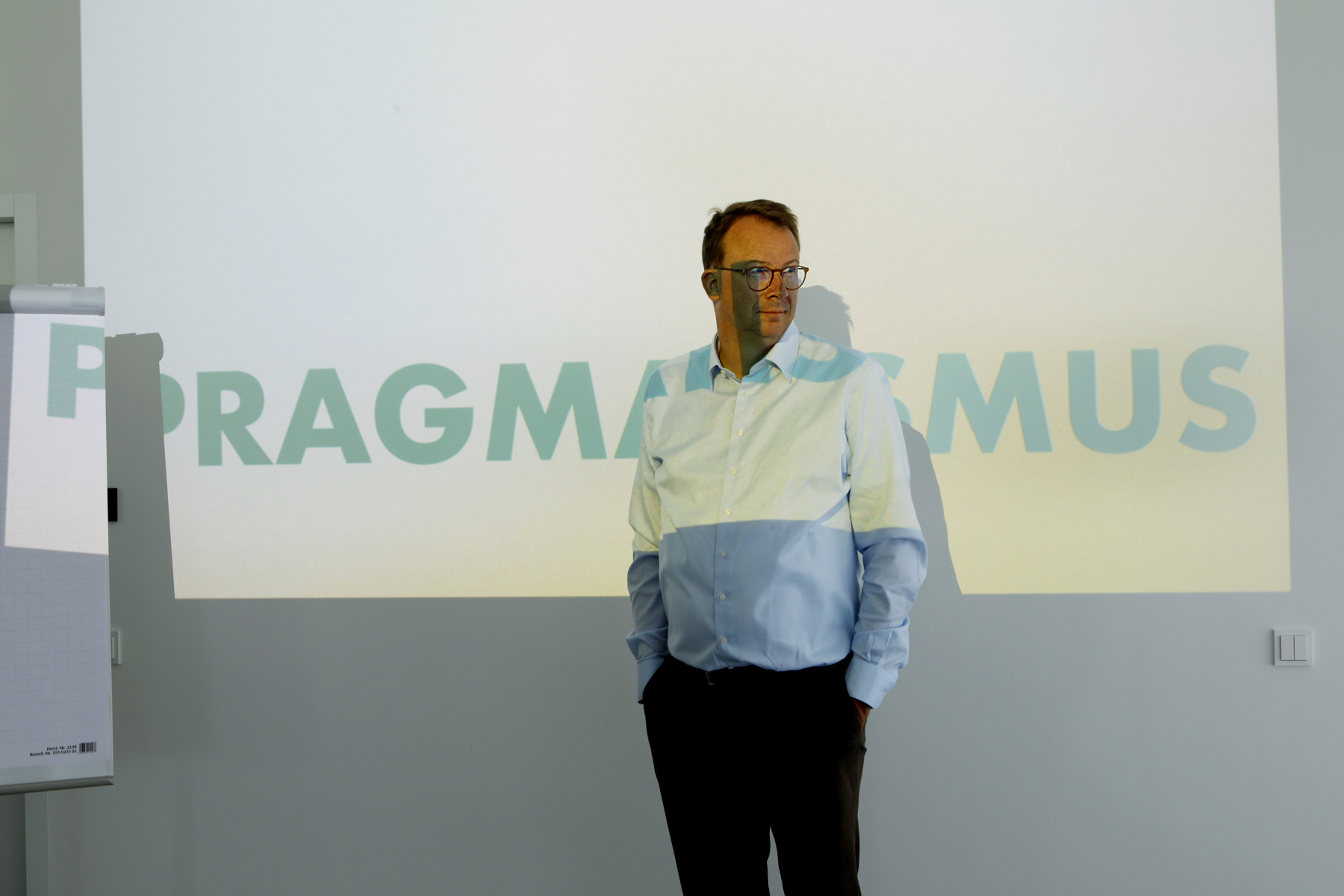A strategic management holding and financial investor is more than just an asset manager and financial backer of its portfolio. Working closely with the companies it invests in, it plays an active strategic role in how these companies perform. Since E3 is still a relatively young industrial holding company, it is only natural that we are thinking about how to allocate tasks between the investor and the investees, both in terms of structures and processes.
A strategic management holding and financial investor plays an active strategic role in how its group companies perform.
Whilst E3 is largely responsible for normative as well as value-driven and interactive tasks, it is up to the investees to implement their corporate strategies and run their operations. Portfolio management is not just about managing valuable investments – it is also about generating extra value from the combination of investments held in the investor’s portfolio.




